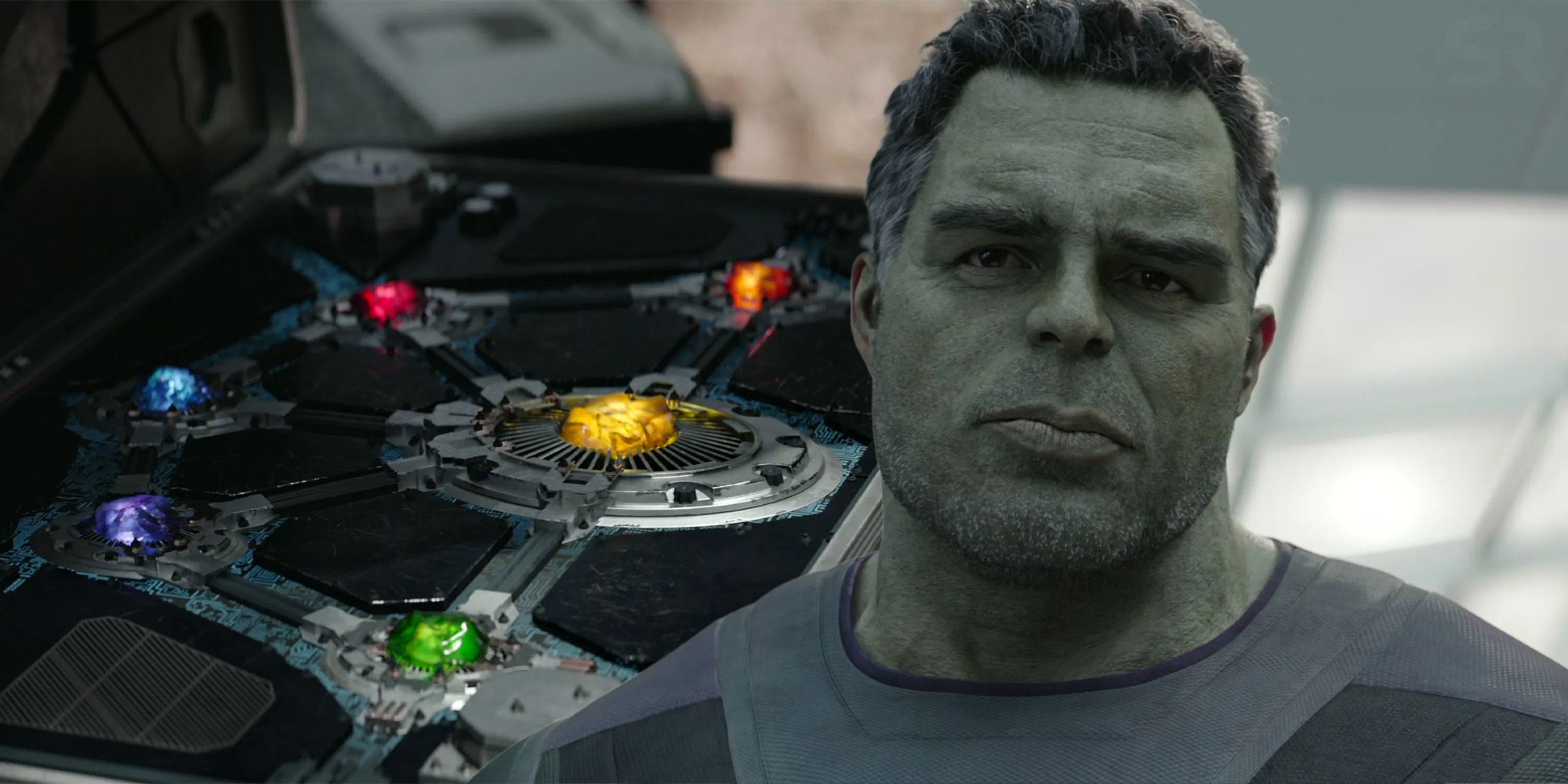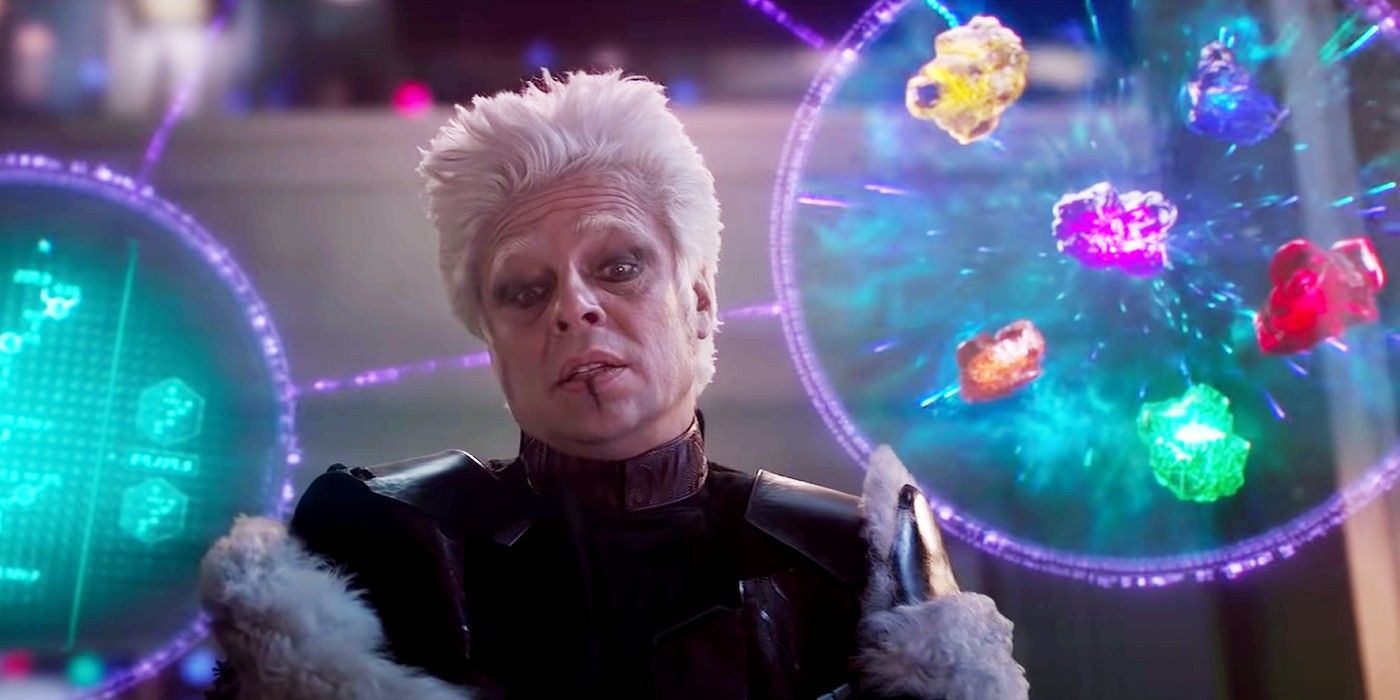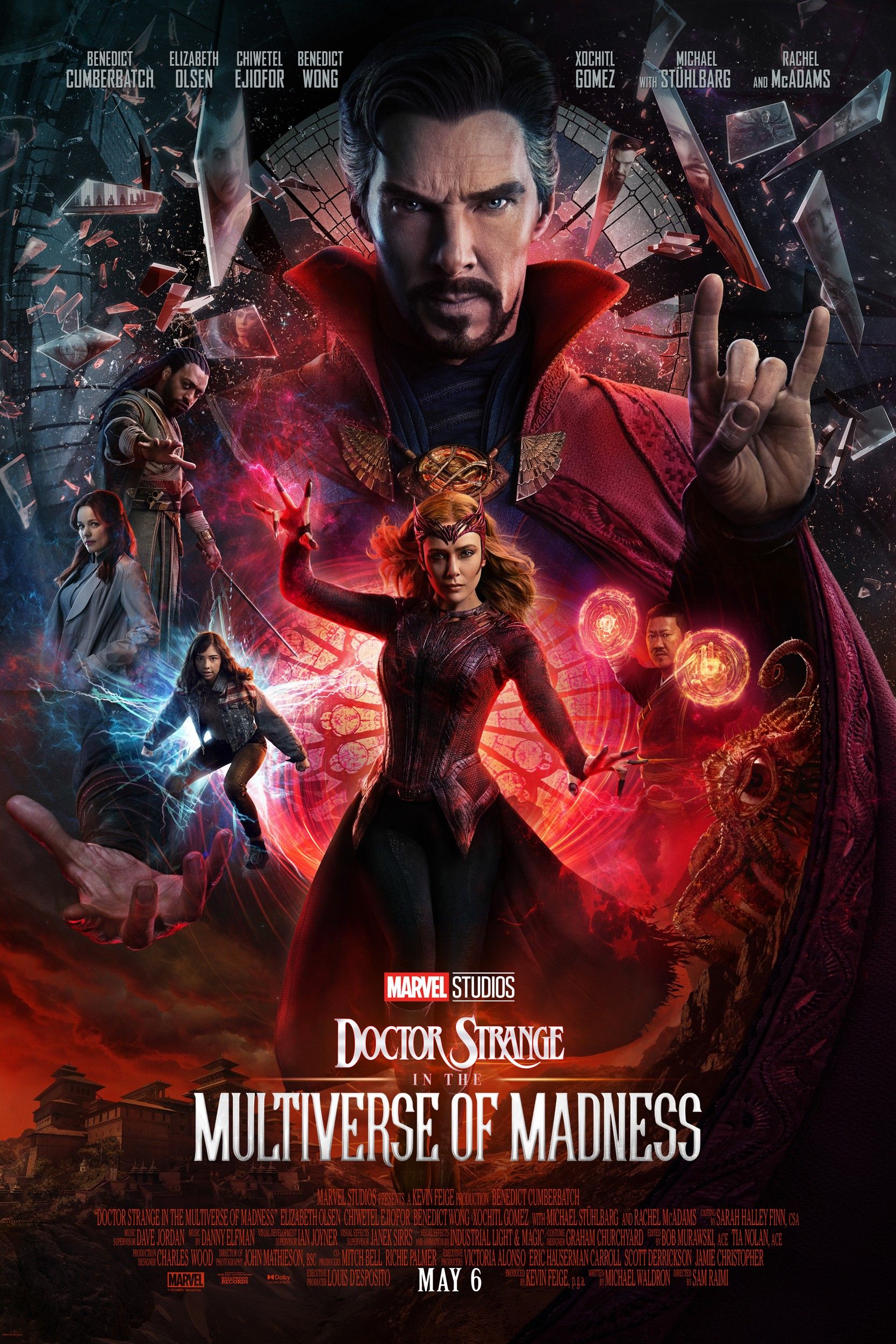The MCU's Infinity Stones are supposed to be among the most dangerous items in reality, but humans in particular seem to have particularly positive reactions to them, from surviving them to gaining astonishing powers - and in Avengers: Endgame, the Hulk gives a hint as to why. When describing why he is the most suitable to wield the Infinity Gauntlet, he mentions that a lot of the energy that the stones give off is in the gamma range, the same radiation that transformed him into the Hulk to begin with. Between the Hulk's gamma radiation, Captain America's vita-rays, and Spider-Man's radioactive spider, humans in the MCU appear to respond surprisingly well to exotic radiation.
Whatever the origin and purpose of the Infinity Stones, their role in the modern galaxy seems to be to name whoever holds them a king or kingmaker, at great personal risk. Nevertheless, Captain Marvel is granted powers by the Space Stone, Scarlet Witch and Quicksilver are the (admittedly rare) test subjects empowered by the Mind Stone, Doctor Strange can safely use the Time Stone, and Jane Foster gains temporary powers from the Reality Stone. Even Tony Stark's new Arc Reactor uses an element intended to mimic the Space Stone's radioactive output, and it has the added bonus of apparently curing his heavy metal poisoning.
Although the Hulk has a complex origin that allowed him to survive and adapt to the gamma radiation, upcoming features focused on 'mini teams' for the original avengers suggest that others, including She-Hulk, will be able to survive the gamma rays as well. The Marvel comics have long featured radiation as a catalyst turning normal and exceptional individuals into super-heroes, and this seems to be holding true within the MCU. Since the Infinity Stones give off a great deal of exotic radiation, it's not surprising that they have unpredictable effects on individuals who interact with them and the energy that they give off.
The potential and power of science and technology is traditionally a strong theme for Marvel. When the comics first explored the concept of radiation it was very much an unknown quality, and this was reflected by the unlikely heroes that it created. In the MCU, the humans who knew about the Infinity Stones before the war sought to understand them, and directly or indirectly, this led to Scarlet Witch, Iron Man, and Captain Marvel, three iconic members of the Avengers. The Marvel films are following in the footsteps of the comics upon which they are based, and celebrating knowledge and understanding. Tony Stark and the Hulk are able to construct a facsimile of the Infinity Gauntlet based on science and understanding, suggesting that while the original may have appeared entirely magical, there were principles of design behind its construction. Howard and Tony Stark create an element that mimics the Space Stone to provide energy to the world. Captain Marvel is empowered in an accident attempting to use that same energy to explore the universe.
The themes of adventure, discovery, and adventure are going strong in the upcoming projects the MCU is bringing to Phase 4. Doctor Strange in the Multiverse of Madness has a science advisor for its multiverse, and the other upcoming films explore the galaxy, uncover hidden secrets, and glorify the search for truth. Whether or not he knew it at the time, Hulk's simple explanation in Avengers: Endgame helped the MCU carry on a proud tradition of science fiction.








